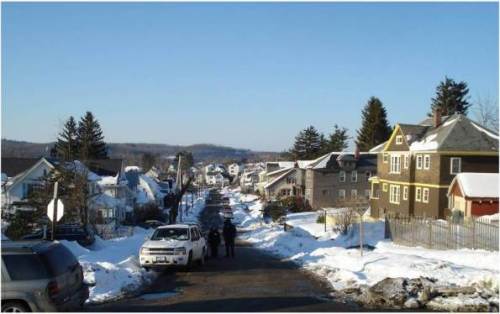In July of this year Asian Longhorned Beetles were found in six red maple trees in a wooded area about a mile from my house in Boston’s Roslindale neighborhood. Asian Longhorned Beetles bore into hardwood trees like birch, maple, and elm, eventually killing them if left untreated. Authorities consequently set up a quarantine area that includes my street. This means no one is allowed to transport firewood or yard waste out of the area, and an inspection is being conducted within the quarantine zone. There is a particular concern for the trees of Arnold Arboretum, which lies within the quarantine area.
In 2008 there was an Asian Longhorned Beetle outbreak in Worcester, Massachusetts. The city was forced to cut down 25,000 trees. Here’s a before and after comparison:
With old trees, as with historic buildings and artifacts, sometimes you don’t know what you’ve got ‘til it’s gone. (more…)


